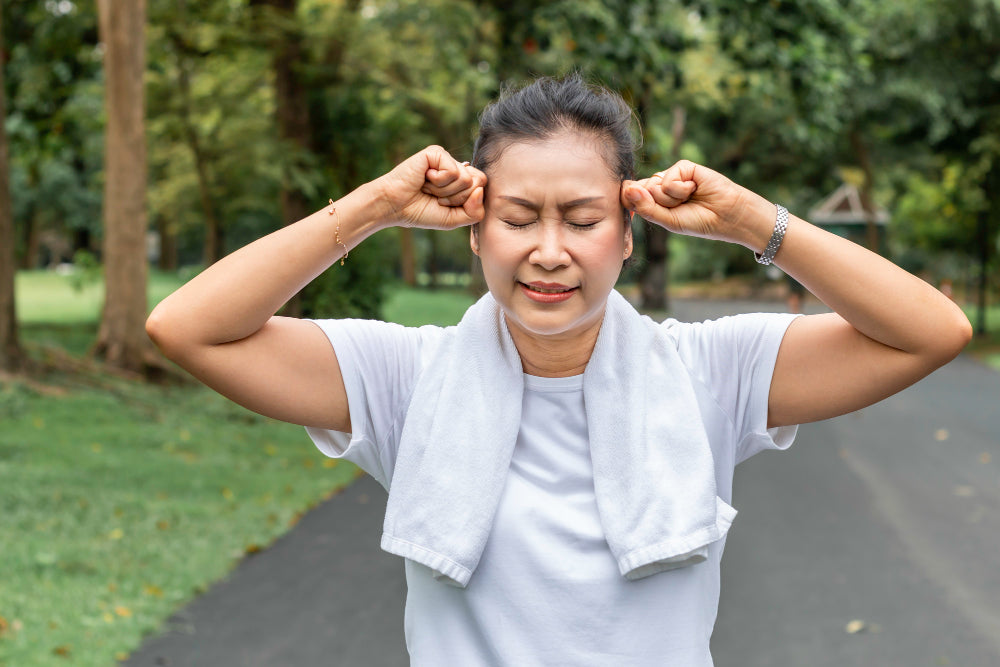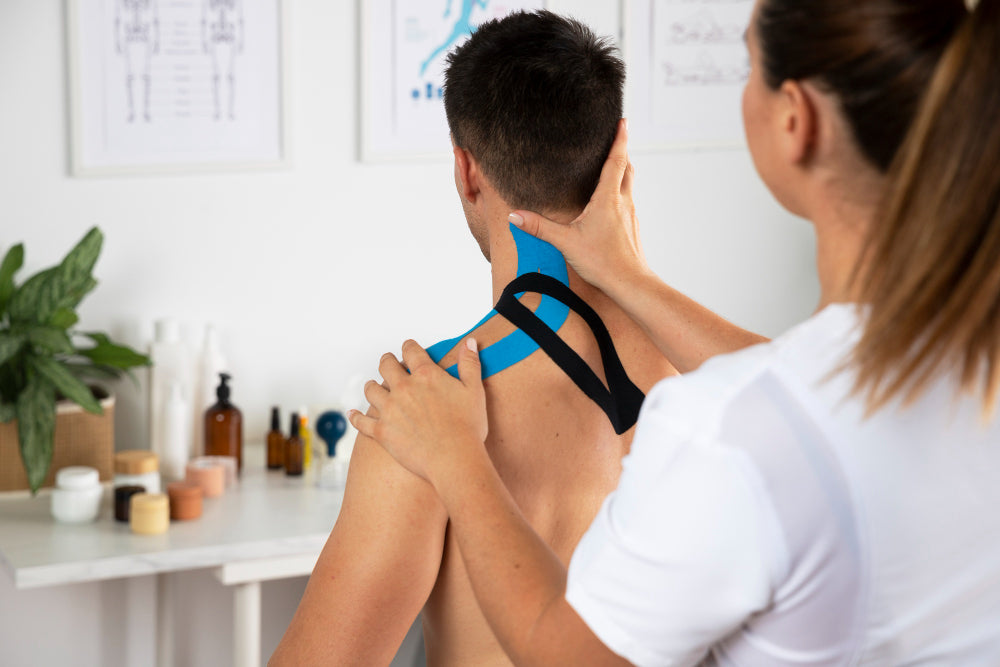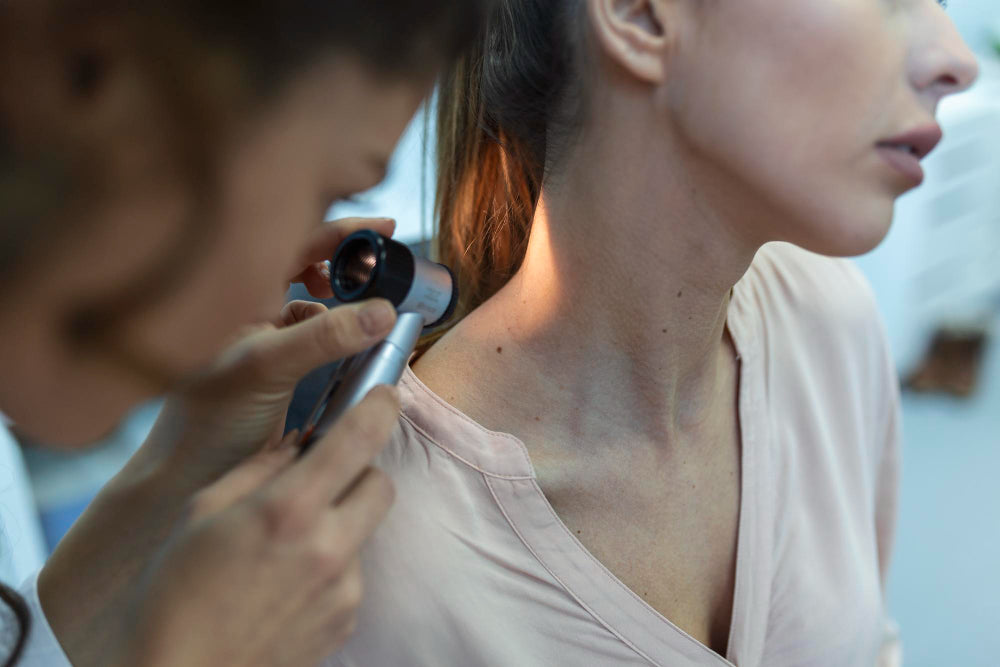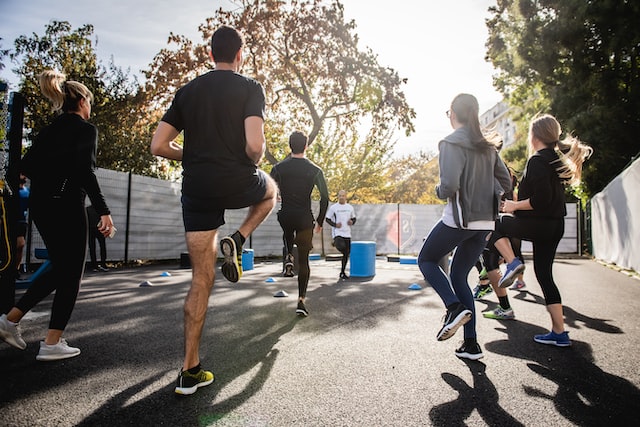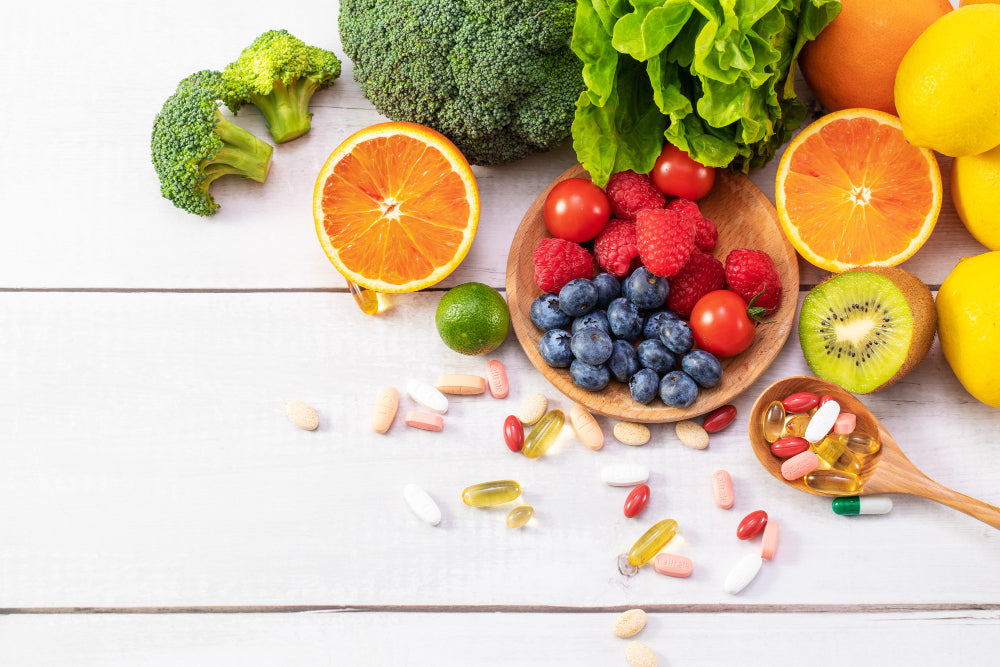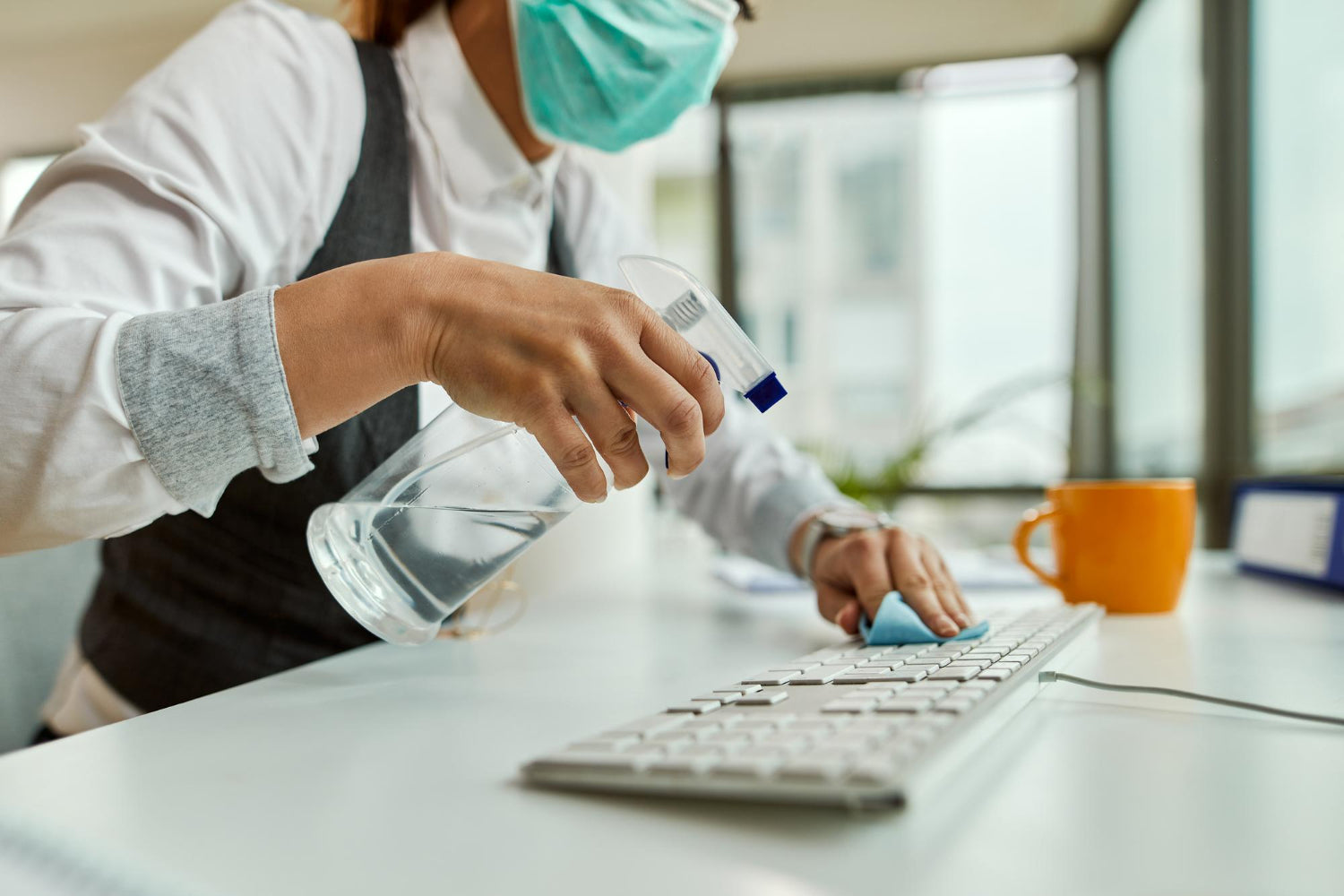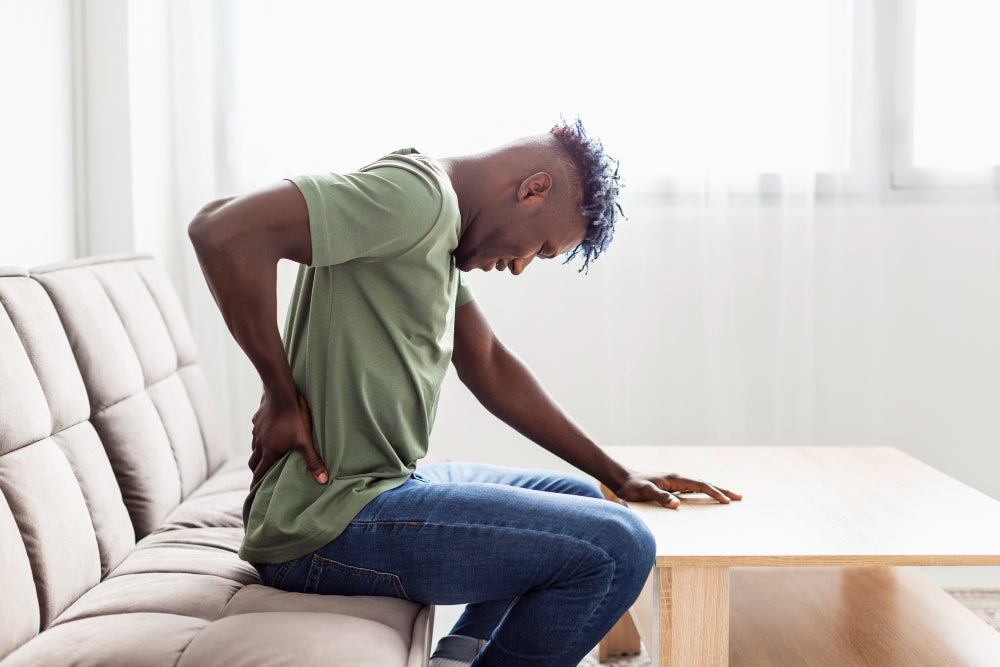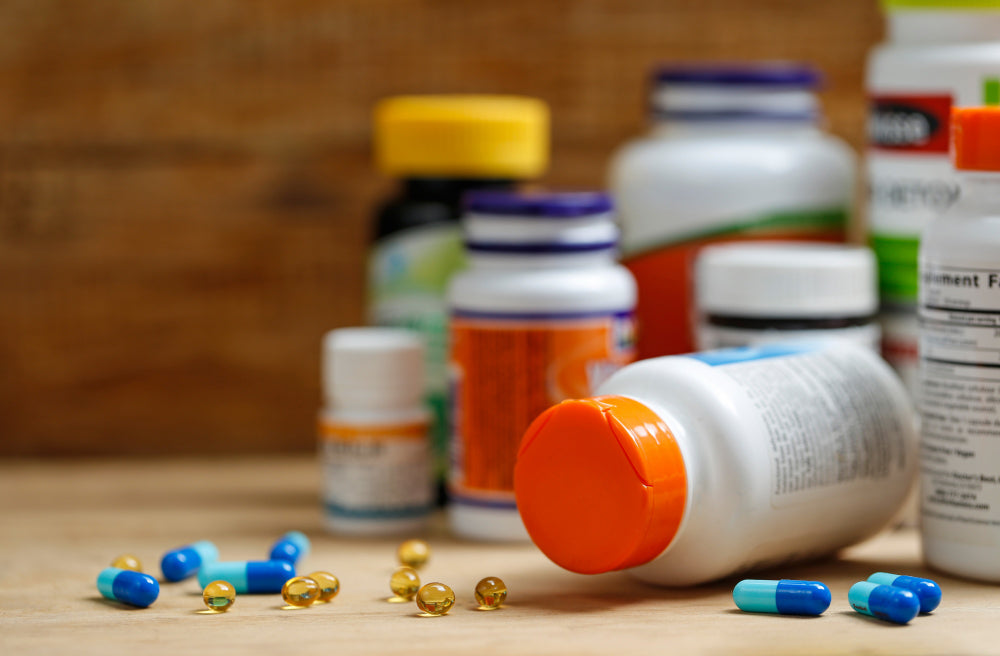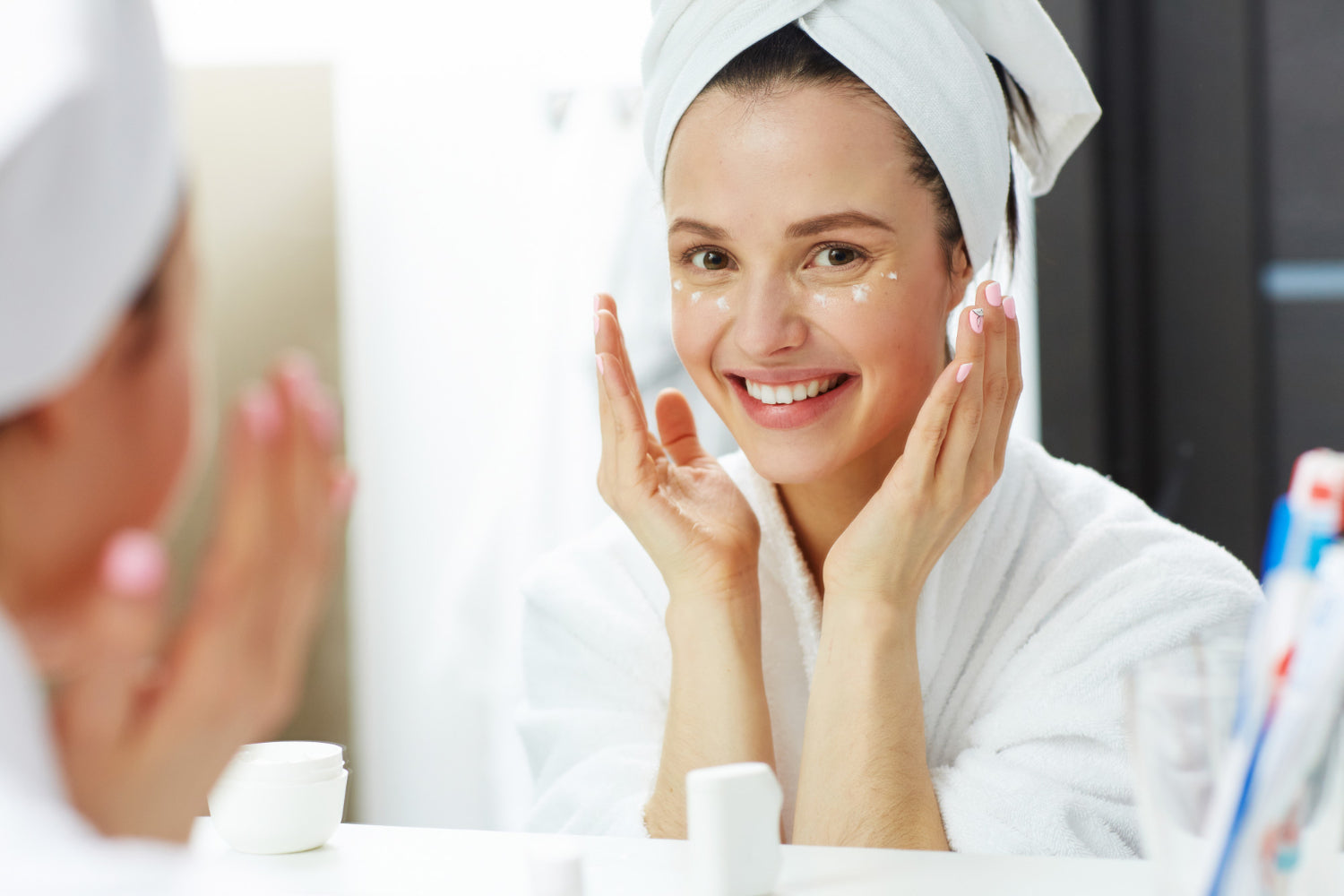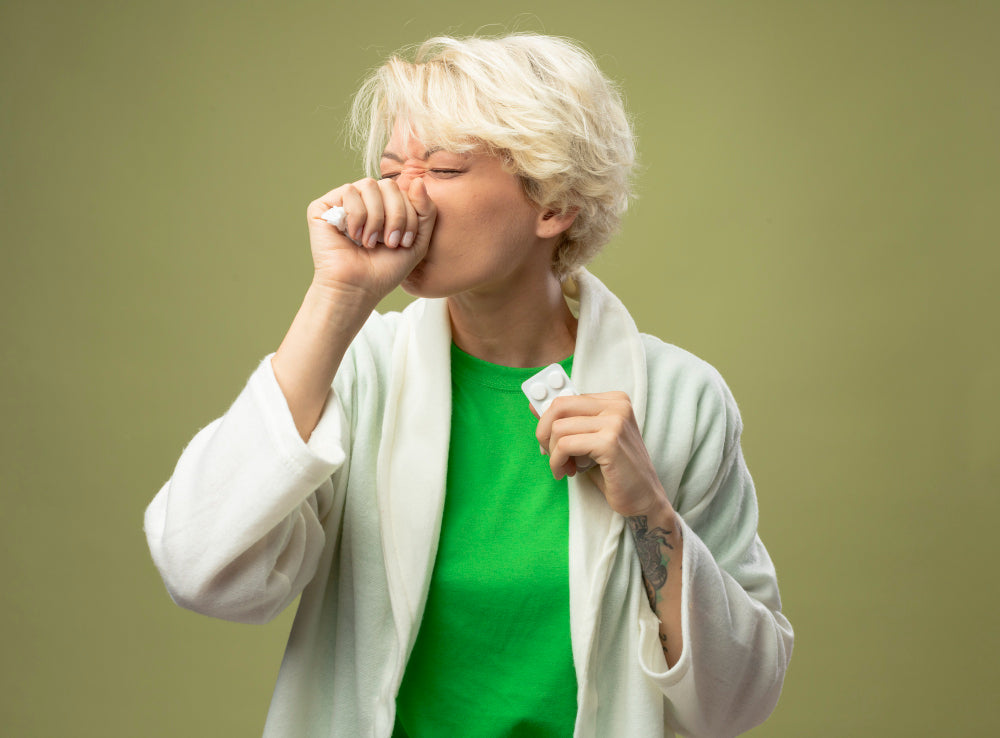When I was growing up, there was an advertisement on television for an acne product, where a bunch of adolescents rattled off a series of things they were avoiding, yet they complained that they still got pimples.
“I swim at the beach, I can’t get rid of pimples!”
“I don’t eat junk food, I can’t get rid of pimples!”
The fact that all of them appeared to have fantastic skin was an irony that was obviously lost on the company but not me as the viewer. They also failed to recognise the difference between pimples and acne but we’ll get into that later. The reason why this ad really stands out in my memory is that it perfectly captures the amount of misinformation that exists around what actually causes acne. Don’t get me wrong, swimming at the beach and going easy on the junk food are terrific ideas for your health but they have very little to do with why you may, or may not, suffer from acne. Before we dive into what causes acne though, let’s address the difference between pimples and acne. A good way to think of it is that pimples are really just a symptom of a condition that’s known as acne. If you get or have had the odd pimple at some stage, which, let’s face it, would likely be all of us, this doesn’t necessarily mean that you have acne-prone skin. On the other hand, if you do have acne-prone skin then you are definitely going to be very familiar with pimples. Now that’s cleared up, pardon the pun, let’s delve into why you might be suffering from acne. Rather than sugar, bacteria is the main cause of acne. Bacteria combines with three other main causes to generate specific types of acne. These include; excess oil production (specifically sebum), clogged hair follicles (usually generated through a combination of excess oil and dead skin) and hormones.
The reason why acne is so closely aligned with adolescence is because hormonal changes are a trigger for producing sebum, the excess oil that then blocks your pores. Once your pores are blocked, this then becomes an absolute haven for bacteria. Most importantly, a very specific bacteria known as P. acnes. This bacteria immediately begins wreaking havoc, causing irritation, which the body then tries to counter by sending white blood cells to the site of the irritation. If one blocked hair follicle becomes too full, it will then spill its contents, heavily bacteria-laden contents that is, into the skin around it. The white blood cells keep coming and before you know it, you’ve got pimples popping off.
Now, there are 6 different specific types of acne. They are:
- Whiteheads: Alongside blackheads, whiteheads fall on the mild end of the acne scale. Whiteheads are graciously non-inflammatory and as a result they don’t typically become too painful or result in any lasting scarring.
- Blackheads: Typically tiny and uninfected, a blackhead is just a blocked follicle that has opened up and as a result, what was a whitehead becomes black due to the oxidation caused by coming into contact with the air.
- Papules: Here is where things become more inflammatory. With a papule you won’t really be able to discern a centre and they will typically be red, inflamed and quite sore.
- Pustules: These guys look like the big brother of the whitehead. The major difference is that a pustule isn’t a blocked hair follicle, it’s, as the name suggests, full of pus. Despite papules and pustules having the potential to look quite serious, they actually still fall into the more mild camp when it comes to acne.
- Nodules: We’re now in moderate to severe territory when it comes to acne. Nodules occur deep in the skin as a result of clogged pores hurting tissues and cells deep within the skin. They have the potential to cause pigmentation and serious scarring.
- Cysts: Cysts take root even deeper in the skin than nodules. As they are filled with pus they are often highly painful due to the pressure they cause and will typically require professional advice and treatment to resolve them.
If you are experiencing nodules or cysts then it’s crucial that you speak to a medical professional but if you are finding that your acne is less severe then that, but still a problem, Benzac AC Wash is the product to turn to.
Now, knowing the cause of acne, Benzac AC Wash most importantly kills P. acne bacteria. It helps to reduce blackheads and whiteheads by removing excess oiliness, thus clearing blocked pores. Now, you might be thinking that such a product is likely to be harsh on your skin but its ingredients remove the bad stuff while giving back to the good stuff. Benzac AC Wash utilises acrylates copolymer, which are tiny beads that absorb up to 4 times their own weight in fluid. This allows them to soak up excess oils on the skin, whilst still leaving your skin with water, which is obviously hugely important so that it is moisturised and not allowed to become dried out and damaged. The glycerin present in the wash also leaves your skin feeling smooth and soft. It’s a win-win.
In order to get the most out of Benzac AC Wash it’s good to follow a 3 step process:
- In the shower, wet the area you want to cleanse, working the wash into a lather and then applying it to the specific area, whether this is the face, back or chest. Leave it for 30 seconds before washing it off and patting the area dry.
- Follow this up with another acne treatment of your choice.
- Finish up by applying a moisturiser.
When using the product for the first time, begin by only using it once daily. It’s common for an increase in peeling during the first week of treatment but once this subsides you can move to using the wash twice daily.
So, you can continue swimming at the beach and enjoying your choccie.The key to getting that acne under control is sorting out the bacteria and Benzac AC Wash is what can do the trick.












